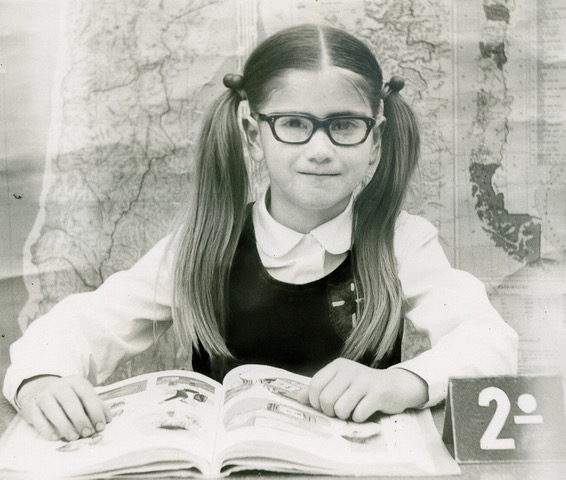Biography
Milène J. Fernández

Chilean-born artist, Milène J. Fernández (b. 1966) has lived most of her life in the United States. She has also lived in London, U.K. and Vienna, Austria. She currently resides in the New York Metropolitan Area. She paints in oils, exploring themes of solitude and communing with nature. During her years as a journalist, writing profile articles about highly skilled artists, she was inspired to learn traditional drawing and oil painting techniques. Since 2019, she has been studying as a part-time student primarily at Grand Central Atelier—a leading atelier for the revival of the classical tradition. She studied drawing and painting with Devin Cecil-Wishing, Lauren Sansaricq, Justin Wood, Anthony Baus, Kevin Muller Cisneros, Sandra Sanchez, Jon Brogie, Diana Buitrago, Dale Zinkowski, and Ananda St. Barry, as well as life drawing at the Arts Students League of New York with Jon de Martin, color theory with Carlos Madrid, and workshops at New Masters Academy. She is a 2024 recipient of the Denis Diderot Artist Grant for the Chateau Orquevaux Residency in France. Her work is in the collection of Chateau Orquevaux.
Painter
I currently paint landscapes, with the intention of communing with nature as a way of connecting with the Divine. Akin to the Tonalist painters’ approach, I’m interested in depicting nature in how it feels—more as poetic ambiance than topographical description.
I find inspiration working in plein air with oil paint on small panels. Some of my oil sketches become candidates for creating larger paintings in my studio. I make preparatory drawings to design various compositions, whereby I include a lone figure in the landscape. I aim to convey a particular state of being, imply a narrative, and evoke a feeling of introspection. A solitary figure embedded in a vast landscape is arrested in time, within the immensity of nature.
I think of my paintings as heart-mind landscapes. For viewers of my work, I hope to bring about more conscious introspection, a wish to commune with nature, and recognition of the beauty of life. In answering the call to create, I consider the role of the artist to be in service of enriching and uplifting people’s lives.
Writer
My passion for traditional oil painting developed gradually through the course of interviewing several highly-skilled artists when I was the arts writer for The Epoch Times newspaper (2015–2019). One of these artists pointed out to me that before the advent of Modernism, critics knew how to write about art intelligently because they had also learned academic drawing, painting, and sculpting skills. That statement was the catalyst for me to take a cast drawing class at Grand Central Atelier in New York City in 2019. After dedicating 33 hours drawing an ear cast of Michelangelo’s David, I thought one class would suffice for me to become a better arts writer. Invariably, I continued taking drawing and painting classes to increase my skills and thereby my understanding. Little did I realize at the time that my dedication to learning how to draw and paint in the Western art tradition would become a lifetime pursuit. This fascinating journey prompted me to start writing my first book—a memoir about my journey towards visual literacy. I consider myself now both a writer and a painter. One discipline feeds the other and vice versa.